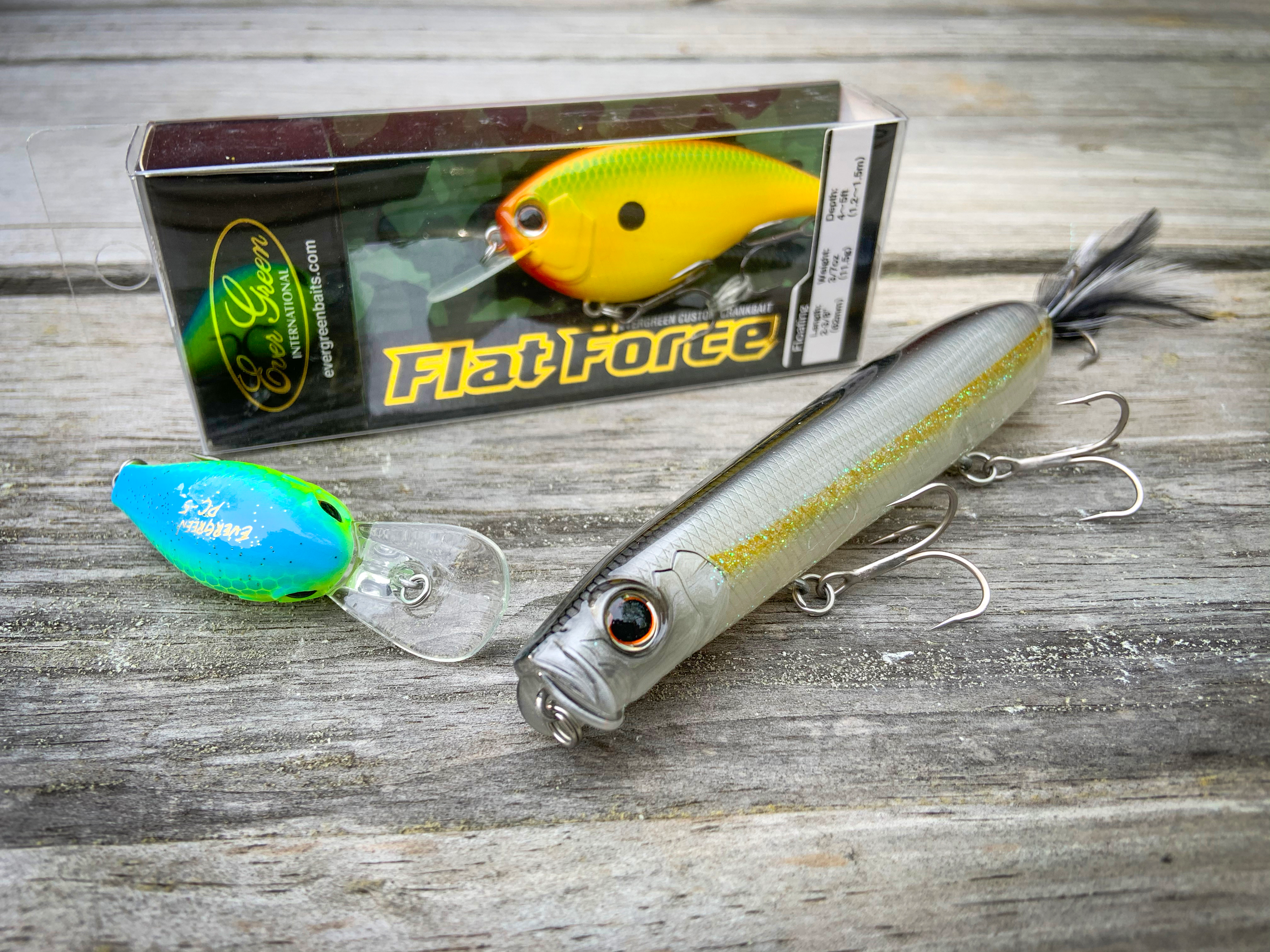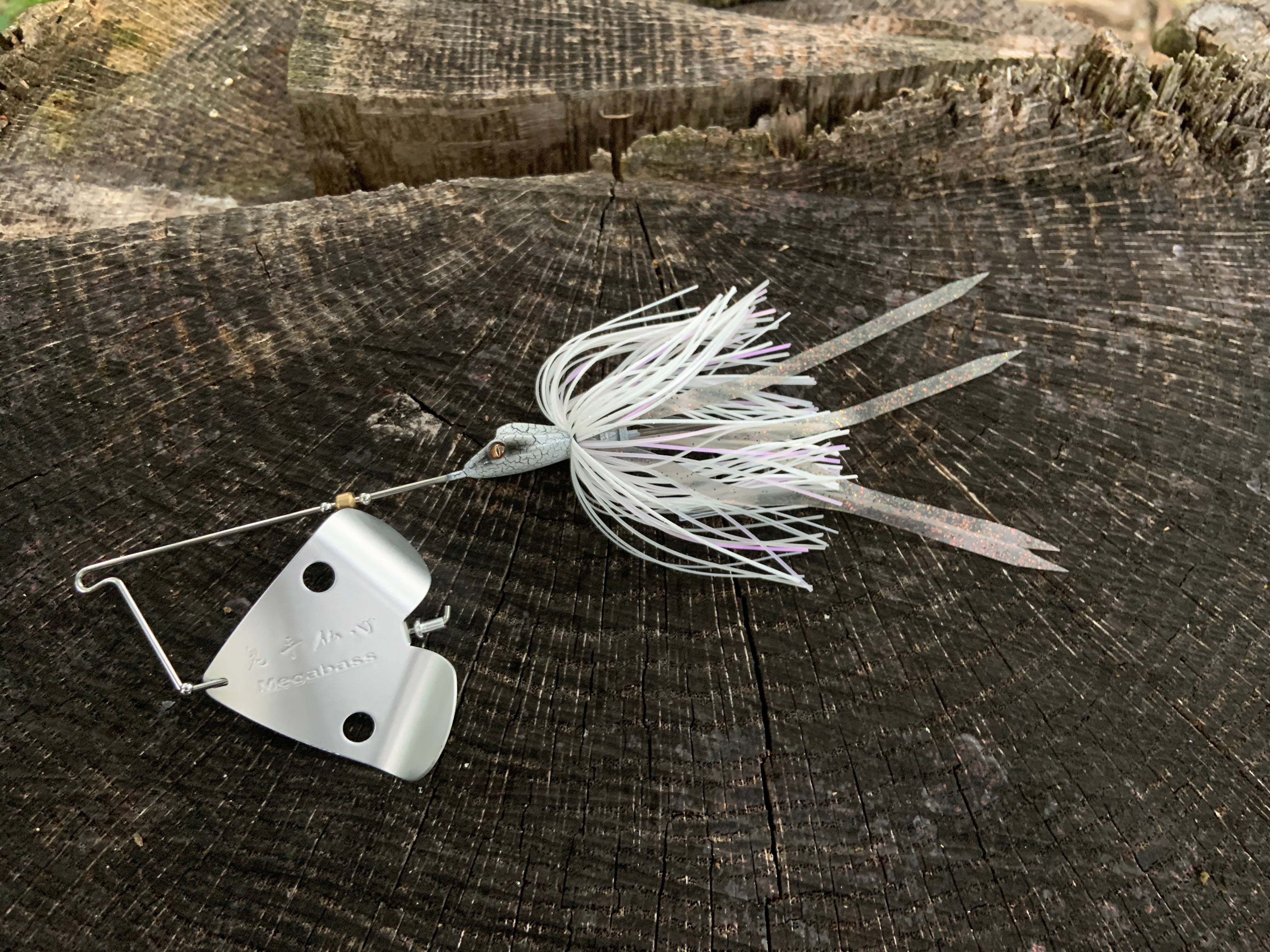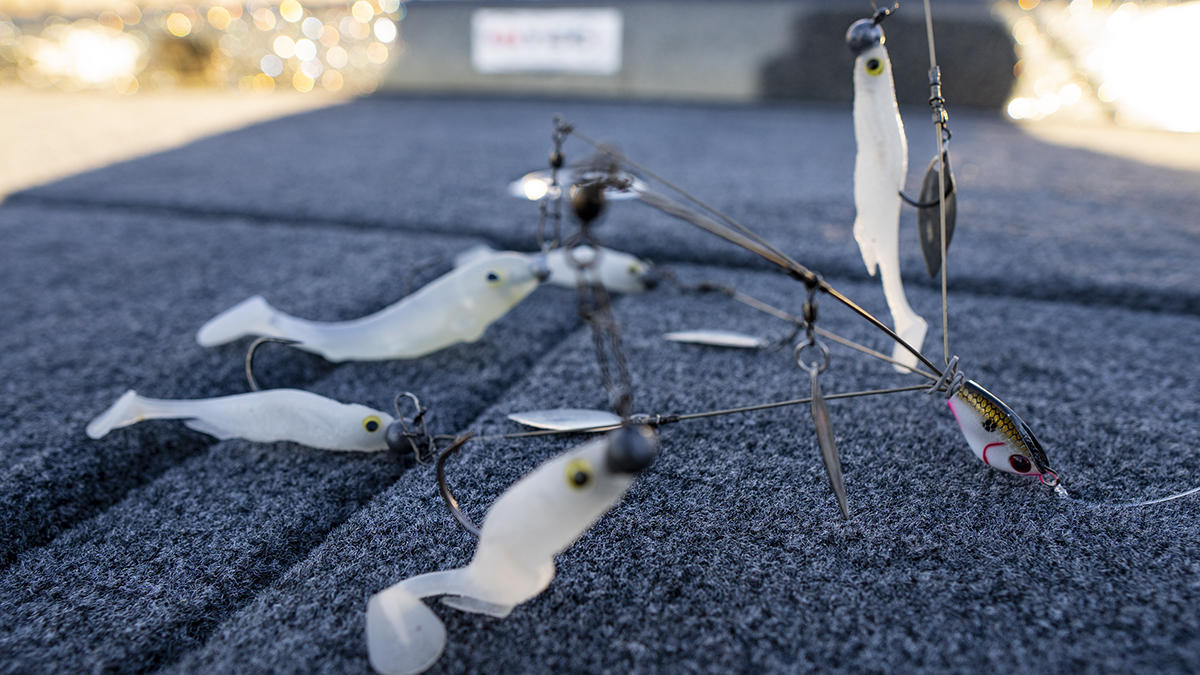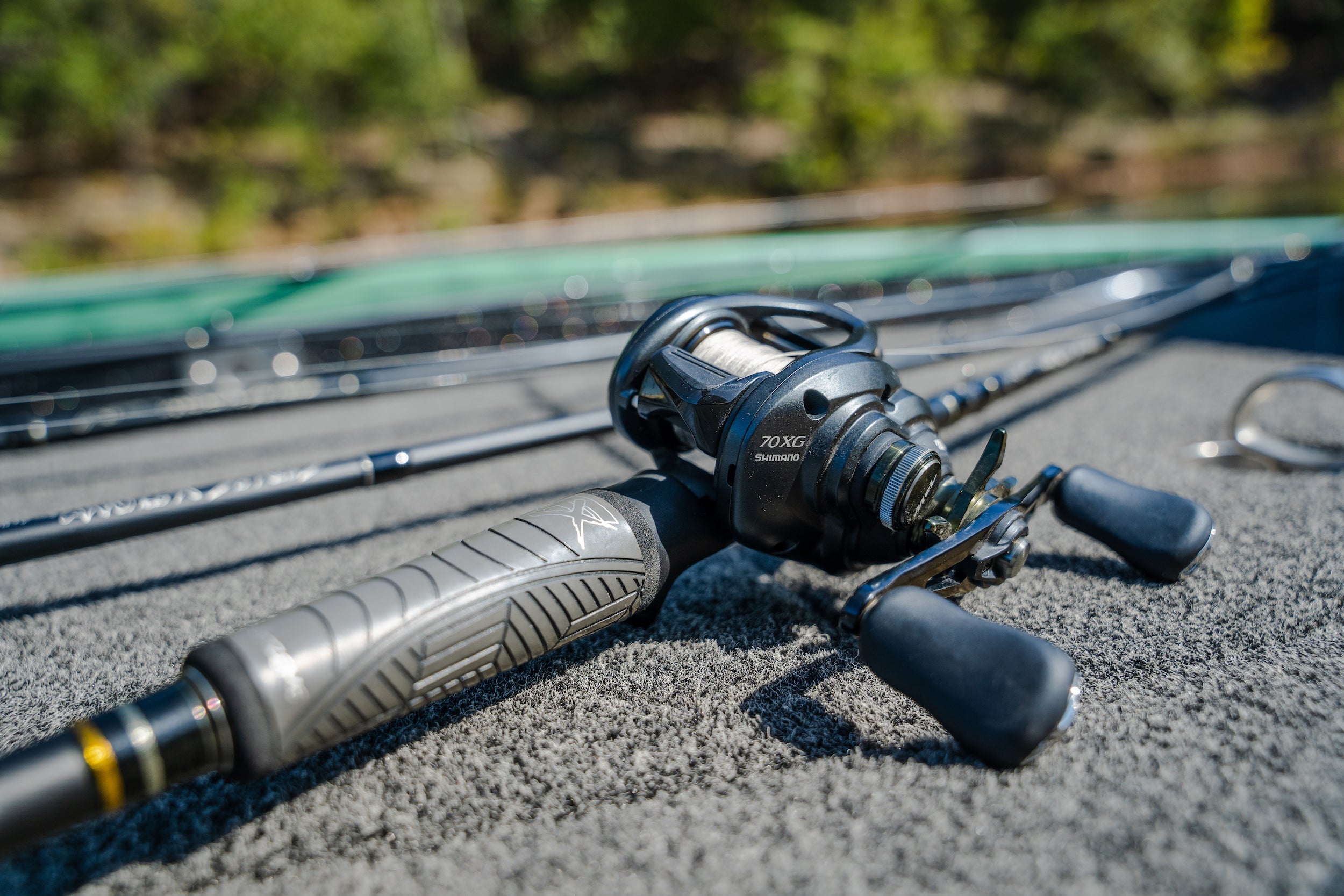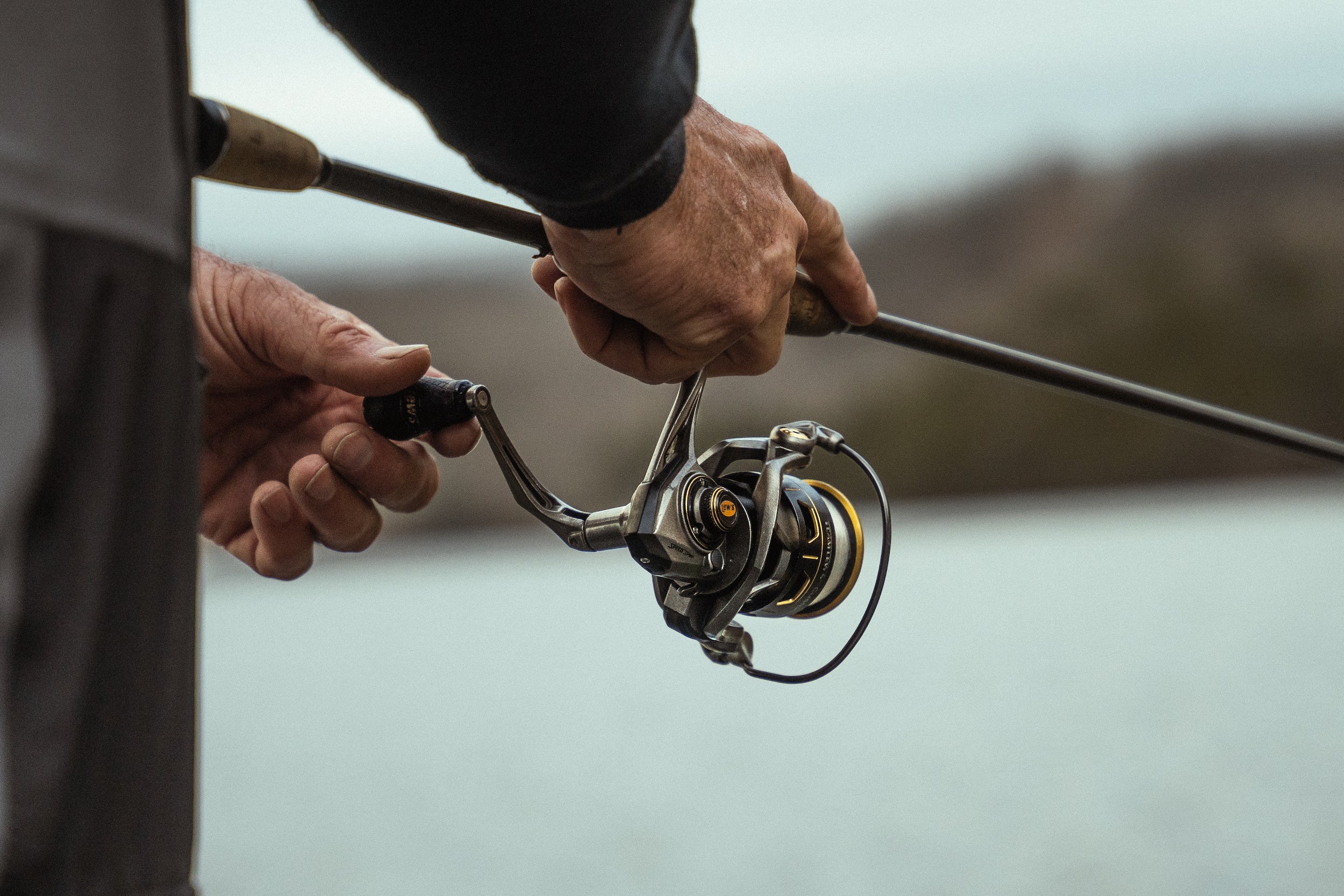The Impact of Forward-Facing Sonar on Fishing Tackle and Angler Behavior
The introduction of forward-facing sonar to the recreational fishing market has marked a transformative period in how anglers approach the water. This technology, which allows anglers to see the underwater environment directly in front of their boat in real time, has not only changed fishing strategies but has also spurred innovations in tackle design and shifted consumer buying preferences. This article explores these impacts, shedding light on how modern technology is reshaping the fishing landscape.
Understanding Forward-Facing Sonar:
Forward-facing sonar systems, such as Garmin Livescope, Lowrance ActiveTarget, and Humminbird MegaLive, provide a live view of the water ahead, unlike traditional sonar that scans directly beneath or in front of a boat. This capability allows anglers to see fish movements, reactions to lures, and to structure as it comes into view, all in real time. The advantage is clear: anglers can now react immediately to what's happening underwater, adjusting their tactics on the fly to increase their effectiveness.
Changes in Fishing Tactics Due to Forward-Facing Sonar:
With the real-time data provided by forward-facing sonar, anglers can directly observe how fish respond to different baits and presentations. This immediate feedback loop has led to refined techniques such as "video game fishing," where anglers drop lures directly into visible fish and watch their reactions, adjusting techniques accordingly. Tactics like precise lure placement in relation to underwater structures or suspended fish schools have become commonplace, enhancing the angler's ability to target trophy-sized fish more effectively.
Influence on Fishing Tackle and Bait Design:
Manufacturers have quickly adapted to the trends set by forward-facing sonar, developing specialized tackle that maximizes the strengths of this technology. For instance, the popularity of more minnow style baits have surged. Additionally, there's been a rise in the production of slow-sinking, and sonar ping optimized lures that perform well in the vertical presentations favored in video game fishing. Tackle that can maintain a steady, appealing action even when moved minimally is in high demand, as it works effectively in the precise fishing scenarios. Products such as tungsten jigs have become more popular due to it being hard and giving a brighter return on FFS.
Media Coverage and Educational Content:
Media coverage has played a pivotal role in popularizing forward-facing sonar. From live coverage in professional tournaments to countless YouTube channels and social media influencers, the fishing media has extensively featured sonar technology, including on screen, real time view of the users electronics to see exactly how these anglers are utilizing this tool. This coverage has not only informed anglers of the capabilities and benefits of sonar but has also driven a wave of DIY tutorials and educational content that helps users understand and effectively use this technology.
Ethical Considerations and the Future of Sonar in Fishing:
The rise of forward-facing sonar has not been without controversy. Some purists argue that it might reduce the skill required for fishing, potentially leading to overfishing in certain contexts. However, most industry leaders maintain that the technology, when used responsibly, enhances the sport by providing a deeper understanding of fish behavior and habitat. Looking ahead, ongoing advancements in sonar technology promise even greater capabilities, potentially leading to a future where anglers and fisheries managers can use these tools to promote conservation through more informed fishery management practices.
Conclusion:
The advent of forward-facing sonar technology has undeniably revolutionized recreational fishing, affecting everything from the tactics anglers use to the lures they throw and the electronics they purchase. As this technology continues to evolve, it will undoubtedly bring further changes to the sport, merging traditional angling skills with cutting-edge technology to create a new era of fishing that is as strategic as it is exciting. The key for the future will be balancing these advances with ethical considerations to ensure the sport remains sustainable and fair for all enthusiasts.



